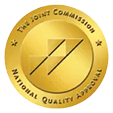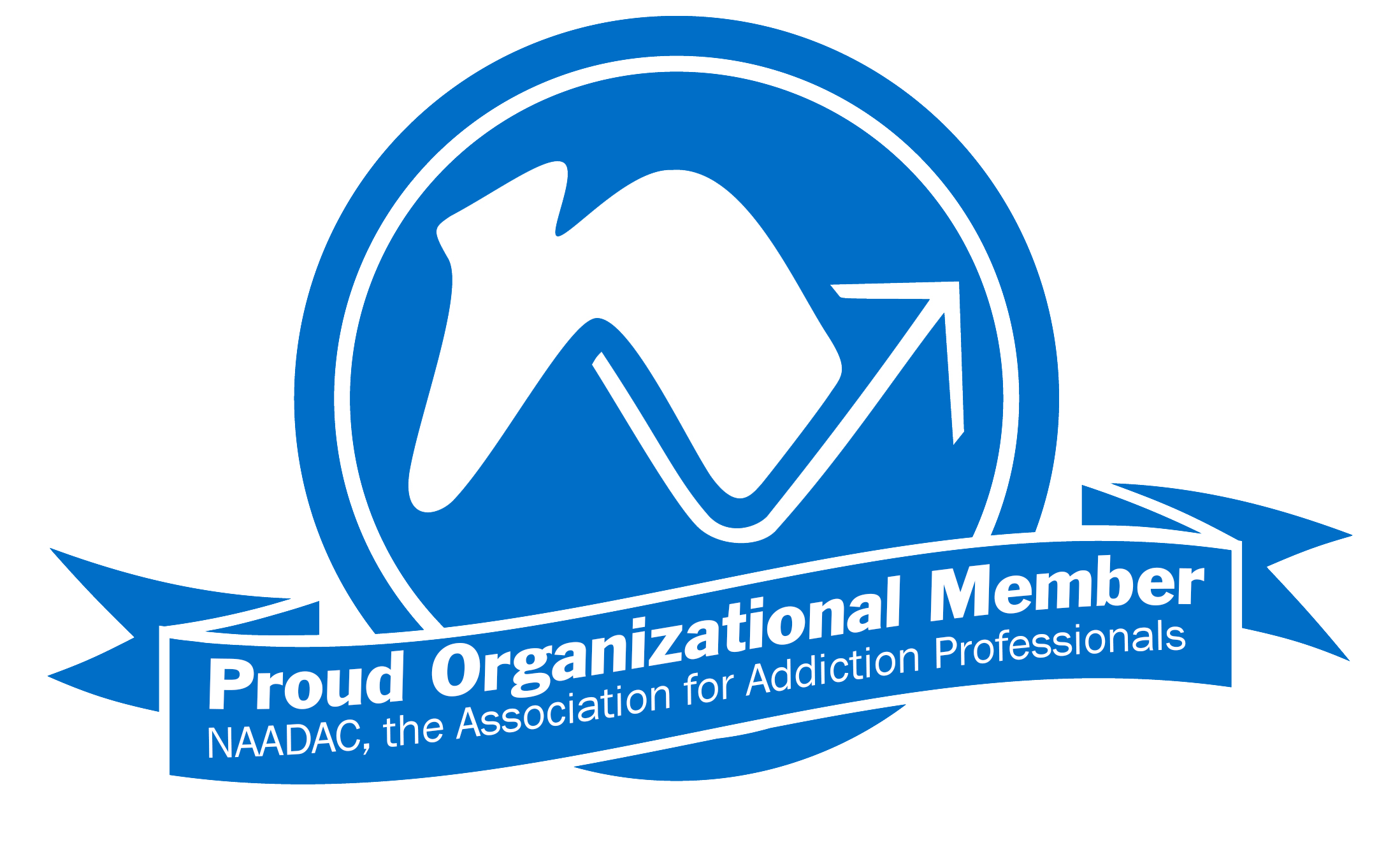Table of Contents

Gabe Lau, PhD, PE
Chief Operating Officer
Dr. Gabe Lau is the co-founder and Chief Operating Officer of Providence Treatment Companies.
The Link Between Trauma and Addiction
Post-traumatic stress disorder (PTSD) is a common diagnosis among people with alcohol or drug addiction. A person’s life narrative may include issues of early life abuse, neglect, and toxicity. For some, PTSD may stem from combat experience, natural disasters, or a traumatic loss. For others, it may be less of an event, but more of an internalized sense of identity and false self. Regardless of the origin, there is a direct link between trauma and substance abuse. In these cases, trauma therapy is a necessity.
Offering Customized Help for Professionals
Trauma Therapy at Providence Treatment
At our drug rehab for professionals, we utilize best practice strategies to help patients with PTSD. Some of the trauma therapy methods we use include the following:
- EMDR (Eye Movement Desensitization and Reprocessing), a psychotherapy developed by Francine Shapiro that emphasizes that disturbing memories cause psychopathology.
- Prolonged exposure therapy, a form of behavior therapy and cognitive behavioral therapy designed to treat PTSD, characterized by re-experiencing the traumatic event through remembering it and engaging with, rather than avoiding, reminders of the trauma (triggers).
- Cognitive processing therapy, a manualized therapy to help our client recover from PTSD by focusing on how the client construes and copes with the traumatic event while trying to regain a sense of mastery and control in their life.
- Stress reduction strategies through mindfulness, developed by Dr. Jon Kabat-Zinn at the University of Massachusetts Medical Center, are exercises and techniques to train our client to respond to stressful situations “mindfully.”
Get In Touch With Us

How Does EMDR Therapy Work?
EMDR (Eye Movement Desensitization and Reprocessing) therapy is a psychotherapy approach designed to help individuals process distressing memories, traumatic experiences, and other adverse life events. Developed by psychologist Francine Shapiro in the late 1980s, EMDR has become widely recognized and utilized as an effective treatment for various mental health conditions, particularly post-traumatic stress disorder (PTSD).
The key components of EMDR therapy include:
Bilateral Stimulation
During EMDR sessions, bilateral stimulation is used to facilitate the processing of traumatic memories. This stimulation can be achieved through side-to-side eye movements, auditory tones, or tactile sensations (such as tapping or hand movements). Bilateral stimulation is thought to activate both hemispheres of the brain, promoting adaptive processing of traumatic memories.
Eight Phases
EMDR therapy typically follows an eight-phase protocol:
- History Taking: The therapist gathers information about the client’s history and identifies target memories or experiences to address.
- Preparation: The therapist educates the client about EMDR therapy, establishes rapport, and teaches coping skills to manage distress.
- Assessment: The client identifies negative beliefs, emotions, and physical sensations associated with the target memory.
- Desensitization: The client focuses on the target memory while simultaneously engaging in bilateral stimulation. This phase aims to reduce the emotional intensity and distress associated with the memory.
- Installation: Positive beliefs and emotions are reinforced to replace the negative beliefs associated with the memory.
- Body Scan: The client checks for any remaining physical tension or discomfort associated with the memory.
- Closure: The session is closed with relaxation techniques, and the client is encouraged to practice self-care until the next session.
- Reevaluation: Subsequent sessions involve reevaluating the target memory and addressing any residual distress.
Adaptive Information Processing (AIP) Model
EMDR therapy is guided by the Adaptive Information Processing model, which suggests that traumatic memories and distressing experiences become maladaptively stored in the brain due to incomplete processing. Bilateral stimulation in EMDR therapy facilitates the reprocessing of these memories, allowing for the integration of new information and adaptive resolution.
Targeted Outcomes
EMDR therapy aims to alleviate symptoms of PTSD, including intrusive memories, flashbacks, nightmares, hypervigilance, and avoidance behaviors. Additionally, EMDR has been utilized to address a range of mental health concerns, such as anxiety disorders, depression, phobias, and complex trauma.
EMDR therapy offers a structured and evidence-based approach to trauma treatment, empowering individuals to process and integrate distressing experiences, promote healing, and achieve greater emotional resilience and well-being.
How Does Trauma Impact Medical Professionals?
Trauma can have significant impacts on medical professionals due to the nature of their work, exposure to high-stress environments, and the potential for encountering distressing events. Here are several ways in which trauma can affect medical professionals:
Medical professionals, particularly those working in emergency medicine, critical care, or trauma units, are frequently exposed to traumatic events through their interactions with patients. Witnessing or treating patients who have experienced severe injuries, life-threatening conditions, or traumatic events can lead to vicarious trauma, where healthcare providers experience emotional distress, intrusive thoughts, and empathic responses to their patients’ suffering.
Constant exposure to trauma and suffering can contribute to burnout and compassion fatigue among medical professionals. Burnout is characterized by emotional exhaustion, depersonalization, and reduced sense of accomplishment, while compassion fatigue involves the gradual erosion of empathy and compassion due to prolonged exposure to others’ trauma and suffering. These conditions can impair job satisfaction, decrease resilience, and increase the risk of professional disengagement.
Medical professionals may develop PTSD as a result of exposure to traumatic events or critical incidents in the workplace. Symptoms of PTSD can include intrusive memories, flashbacks, nightmares, hypervigilance, avoidance behaviors, and emotional numbing. Healthcare providers who experience PTSD may struggle to cope with their symptoms, impacting their ability to function effectively in their roles and affecting their overall well-being.
Secondary traumatic stress, also known as secondary trauma or compassion stress, refers to the emotional and psychological distress experienced by individuals indirectly exposed to trauma through their work with traumatized individuals. Medical professionals may develop symptoms similar to those of primary trauma survivors, such as heightened arousal, intrusive thoughts, and emotional reactivity, as a result of their professional duties.
Trauma can impact medical professionals’ interpersonal relationships, both personally and professionally. Healthcare providers experiencing trauma-related distress may withdraw from social interactions, struggle with communication, or exhibit mood disturbances, which can strain relationships with colleagues, friends, and family members. Difficulty in expressing emotions or discussing traumatic experiences may further exacerbate feelings of isolation and alienation.
Trauma-related distress can affect medical professionals’ job performance and patient care. Symptoms such as cognitive difficulties, emotional dysregulation, and reduced empathy may impair decision-making, communication with patients and colleagues, and overall quality of care. Medical errors, lapses in judgment, and decreased job satisfaction may result from untreated trauma-related distress.
Stigma surrounding mental health and help-seeking behaviors within the medical community can prevent healthcare providers from acknowledging their trauma-related distress and accessing appropriate support services. Concerns about professional repercussions, confidentiality, and perceived expectations of resilience may deter medical professionals from seeking help, leading to untreated trauma-related symptoms and long-term consequences.
Trauma can have profound impacts on medical professionals, affecting their emotional well-being, job satisfaction, interpersonal relationships, and patient care. Recognizing the signs of trauma-related distress, reducing stigma, and promoting access to confidential and supportive resources are essential steps in addressing these challenges and supporting the health and resilience of medical professionals.
Contact Our Trauma Therapy Program in Boston and Phildelphia
At our drug rehab in Boston and Philadelphia, we use 12-step focused programming to help professionals in need.
When it comes to addiction treatment, you should never ignore the role that trauma plays. If we determine you have PTSD, then we will develop a strategy that best addresses your specific PTSD symptoms and causes. In trauma therapy, you can heal any wounds that contribute to your substance abuse. To get started, reach out to Providence Treatment at 866-247-3307.


